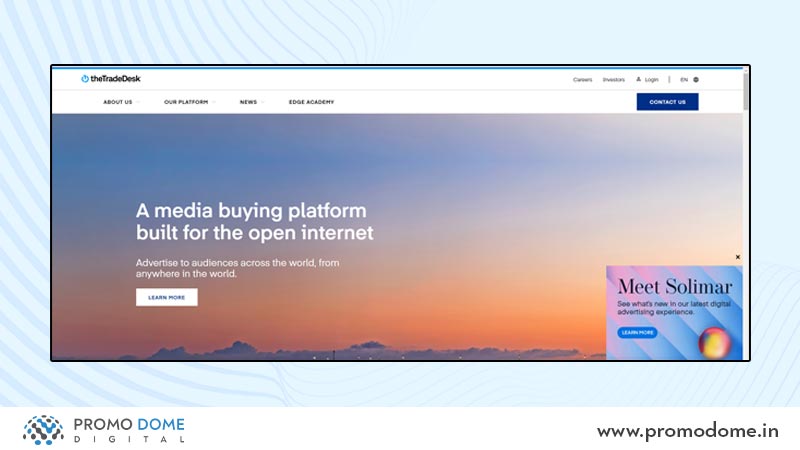Digital media buying platforms help connect publishers and advertisers for efficient ad space buying and selling. Here, publishers from all over the world list their ad spaces, and advertisers choose the ones they find the most relevant to their advertisements. Let’s learn about some of the most commonly used digital media buying platforms and how they help you advertise your brands.
Before progressing with the top media buying platforms, let us explore the meaning of media buying and why it is essential.
Table of Contents
What Is Media Buying?
The process of buying ad space for a designated period of time on digital and offline platforms is called Media buying. Online platforms include websites, YouTube, and social media sites, and offline media includes radio and TV. In simple terms, media buyers get the brands in front of their target audience by following the process of media buying.
What Is A Media Buying Platform?
Media buying is a technique employed in sponsored marketing campaigns. The acquisition of advertising space is made possible using media buying software. The objective is to locate and buy commercial airtime on channels watched by the ideal audience at the best possible moment and for the lowest possible price. Expert Media planning is essential before visiting any media buying platform to make the most out of ads.
Why Is Media Buying Important?
We have listed some reasons to help you comprehend why media buying is essential.
Cost Effective
One of the essential benefits of media buying is affordability and cost-effectiveness. Media buyers can reach their target audience at affordable prices and maximize the investment value. Media buyers with experience have more leverage when negotiating with media outlets and often receive value-added services from those they have previously dealt with.
Higher Visibility
With connections and awareness of media buying trends, buyers can get the best slots to reach and cover a broader target audience through ad placements. This increases the scope of engagement at a low cost. Thanks to the various ad placement techniques available, media buyers can negotiate and learn about the position of engagement during massive live events and telecasts.
Media Buying Vs Media Planning
Although the term media buying is used interchangeably with media planning, they are two different things. The differences include:
- Media buying emphasizes achieving the most impressions from the right target audience, whereas media planning involves creating a highly effective strategy behind the campaign.
- Media buying follows media planning. The media planner’s role is to know the target customer inside and out. In contrast, the media buyer’s role is to engage with the advertising channels and ensure that the budget is spent in the most cost-effective way.
- Lack of effective media planning weakens the foundation for informed decision-making by media buyers when the rubber hits the road.
- Without strong media buyers, marketing campaigns are often directionless, effectively failing to hit the chords of the right audience.
How Digital Media Buying Works?
There are 3 components to the automated digital media buying structure:
1. Demand-side platforms(DSP)– Advertisers and ad agencies set up their campaigns, place bids on ad inventory, and optimize their ads based on performance.
2. Supply-side platforms(SSP)—Publishers sell their ad inventory on these platforms, which are essentially the publisher version of demand-side platforms.
3. Ad-exchange marketplace- A platform where advertisers and publishers buy or sell ad inventory through real-time bidding(RTB).
Private marketplaces are an alternative to RTB, where publishers can limit who can participate in the auction. Moreover, digital media buying is a better option compared to traditional back and forth negotiations since it focuses more on ad performance.
Media Buying Tips
Consider the following tips when going for media buying.
1. Strategies
What’s the goal of your campaign? What do you wish to attract: traffic, brand awareness, etc.? Answering these questions is necessary before you craft the strategies for media buying. It also helps to analyze your KPI metrics and determine what major adjustments must be made to your campaign.
2. Campaign budget
Every campaign needs an ideal budget. Without a sufficient budget, your campaigns may go haywire when live. We recommend setting a daily budget if you are creating a long-term campaign.
3. Find your Target audience
Determine where your target audience resides the most. What would be the most effective network to reach them? Media buying helps you target an audience by device, location, behaviors, online spending behavior, and many more.
4. Potential market trends
Your ad strategies and placements should align with your target audience’s spending habits and preferences. It helps you to make the most of your campaigns and strike an impact on your audience. Additionally, digital media buying enables you to target your audience based on location, behaviors, interests, web browsing habits, etc.
5. Campaign Set Up
This technical step depends on your choice of media buying platform. It includes entering campaign type, creative assets, budget, target audience, and bidding strategies. This is the final step. Once done, your campaign is good to go and get the results you aim for.
6. Tracking the Results and Optimizing
Tracking your ads is the most important part of launching and scaling campaigns. The media buyer’s job is to maximize ad potential within the specified budget. However, if the ad is not performing well, the media buyer must make the necessary adjustments during the campaign.
Media Buying Trends
Navigate the advertising landscape through these media buying trends:
Influencer Marketing
Brands are increasingly using social media influencers for influencer marketing. As influencer marketing evolves, companies are targeting micro-influencers with smaller, more focused audiences for authenticity and engagement.
Video/YouTube Advertising
YouTube advertising is a powerful way to reach the target markets. Besides, YouTube is a popular platform that every media buying platform must capture and include in their advertising strategy.
OTT Streaming Advertising
Streaming platforms like Netflix, Hotstar, and Amazon have a large audience base after YouTube. Personalizing your targeting of such audiences can increase the scope of engagement and prompt them to take action.
Mobile Advertising
The mobile phone has become an indispensable tool for modern life. Moreover, internet and mobile phone availability has expanded dramatically in rural and urban regions. It’s a fantastic method for entering previously inaccessible markets. Email marketing is an excellent choice for email marketing.
Google Display and Video 360
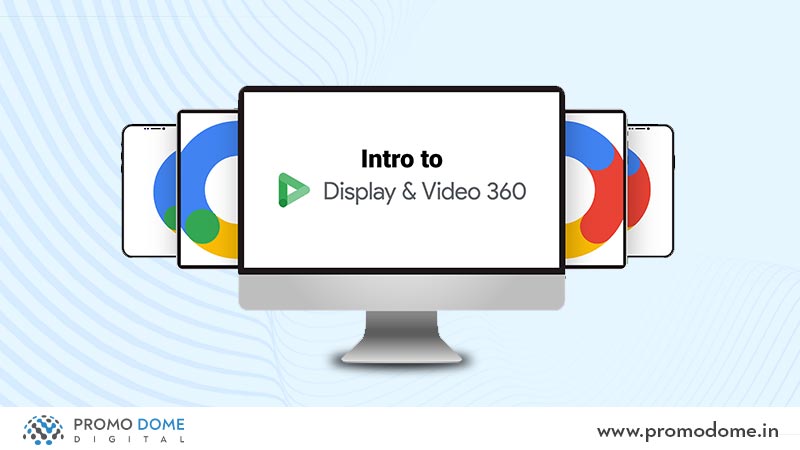
The Google Display & Video 360 is a brilliant media buying platform that offers many essential features to advertisers. The features include campaign management, customized data-driven creative assistance, audience management, premium ad inventory access from the top publishers in the world, and data analysis.
Amazon DSP
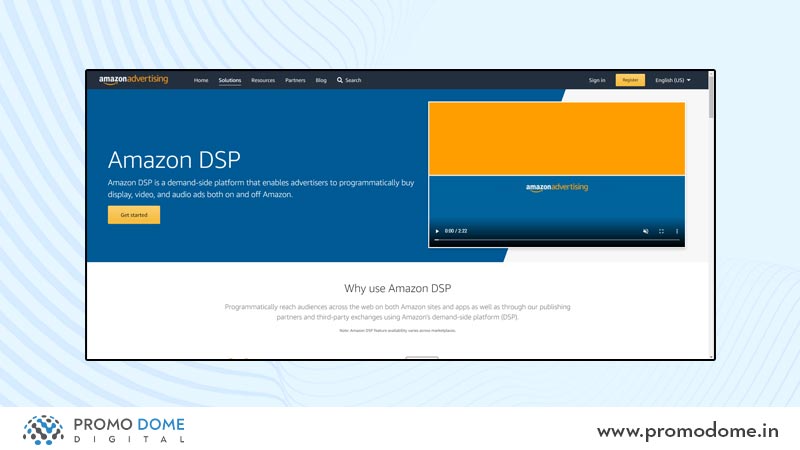
The Amazon DSP is the internet’s most commonly used Demand-Side Platform. Using this, advertisers can advertise on all Amazon-owned websites and platforms along with the other Amazon partners. As we know, Amazon is the biggest e-commerce platform on the planet, and they have reached this position by providing the best services and solutions. This is why you can trust the platform to be safe and help you grow your brand efficiently.
The Trade Desk
The Trade Desk is one of the most prominent digital media buying platforms on the internet today. Besides, the platform opens the gates to some of the biggest brands in the market, exposing your advertisements to several premium publishers. Spotify, Wall Street Journal, and ESPN are some of the most famous publishers associated with the Trade Desk.
Advidi
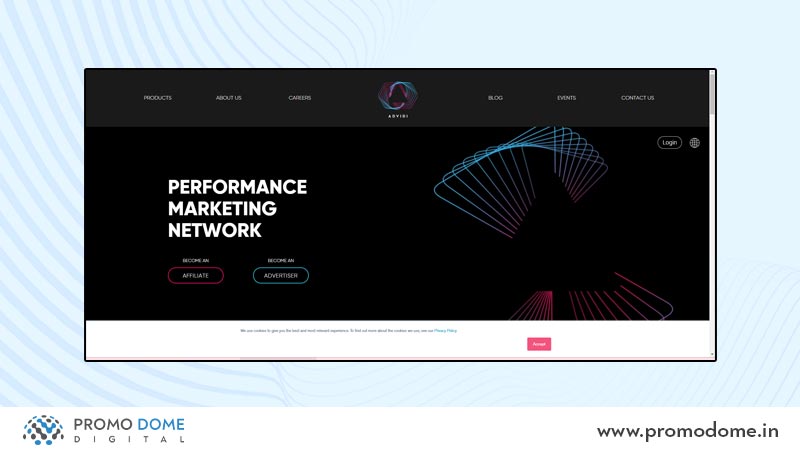
Advidi is an excellent performance marketing network with a reach of over 100 countries. Moreover, the network has advertisers and publishers from all over the world. The ads and ad spaces are exchanged with Real-time bidding. Their strongest verticals are dating, sweepstakes, Nutra, and igaming. These verticals target several niches that aren’t usually targeted by many mainstream digital media buying platforms. This makes the Advidi stand out and helps you reach a specific target audience.
Adobe Advertising Cloud
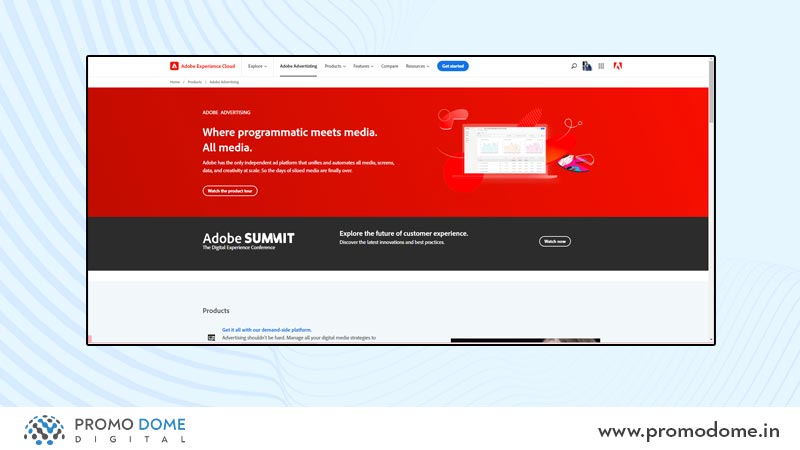
The Adobe advertising cloud is a fabulous DSP launched by Adobe that provides several beneficial features to reach your target audience efficiently. These features include cross-screen planning, premium inventory management, people-based marketing, and creative management. Like Google DV360, the Adobe Advertising Cloud gives you brilliant overall assistance to get the best possible results.
Pocketmath
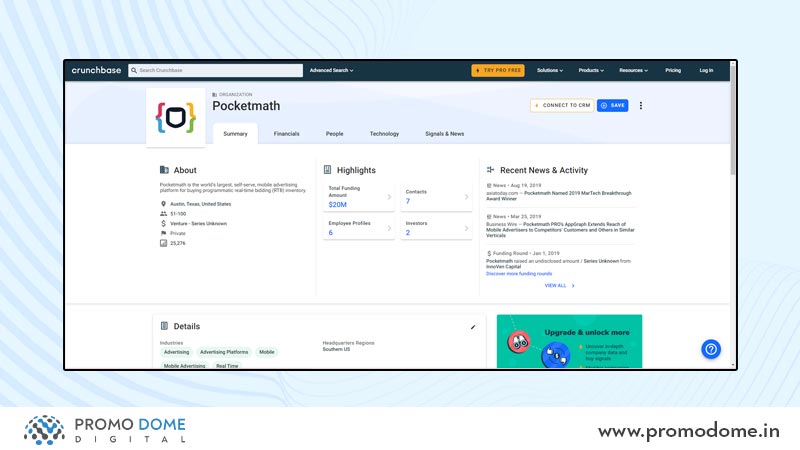
Pocketmath is a unique mobile app demand site platform that allows advertisers to publish their ads efficiently. With Pocketmath, advertisers can reach their users in real-time and gain insights into their campaigns.
Ad Colony
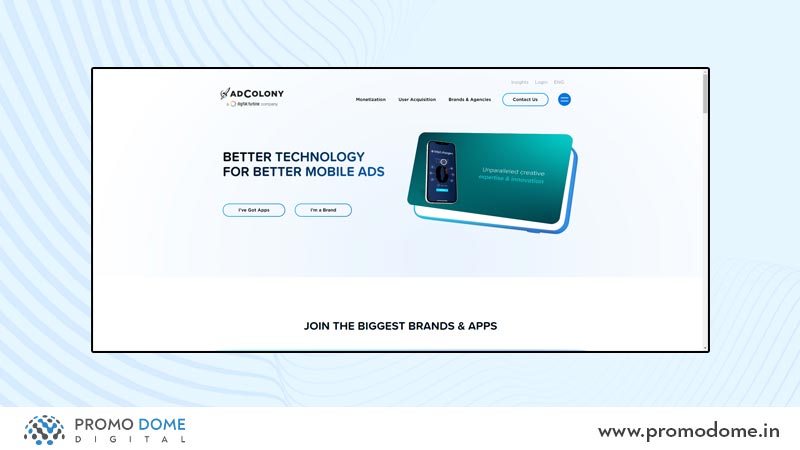
Ad Colony is another brilliant platform that helps advertisers publish their ads on mobile apps on Android and iOS. The best way to discover the best-performing mobile ads is to experiment with different formats. Once you know the best ones, you can optimize the ones that get the best results. This becomes easier with AdColony. Moreover, the platform offers various ad placement formats to reach a database of over 450 million app users.
These were some of the best digital media buying platforms for getting the best website ad spaces. Using these platforms, you can create the most creative and interactive ads and publish them on some of the world’s biggest digital advertising channels. We hope you get closer to your marketing goals with the tips and strategies stated above.

